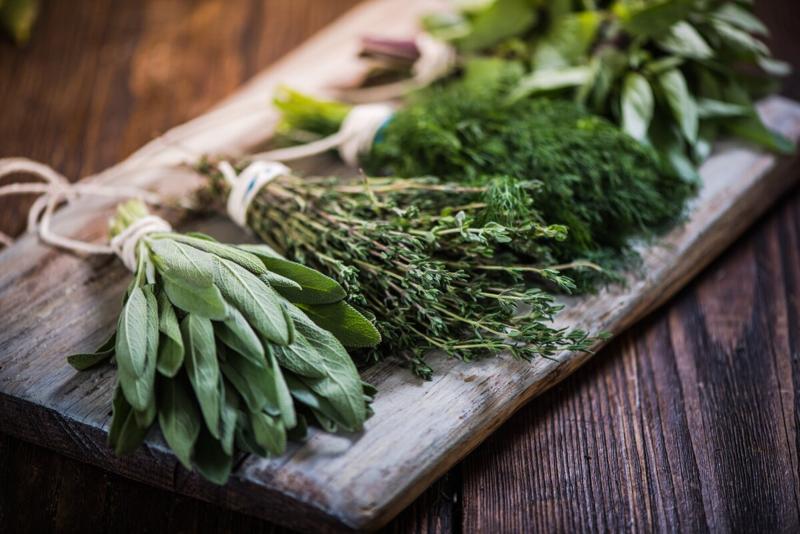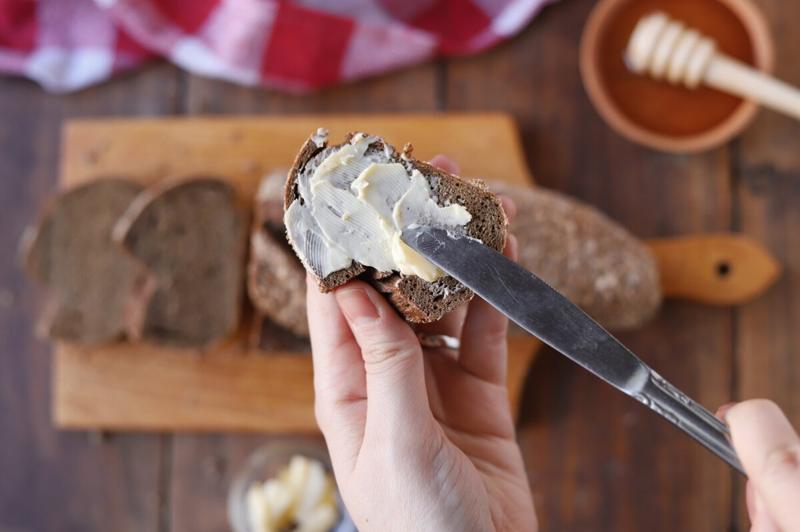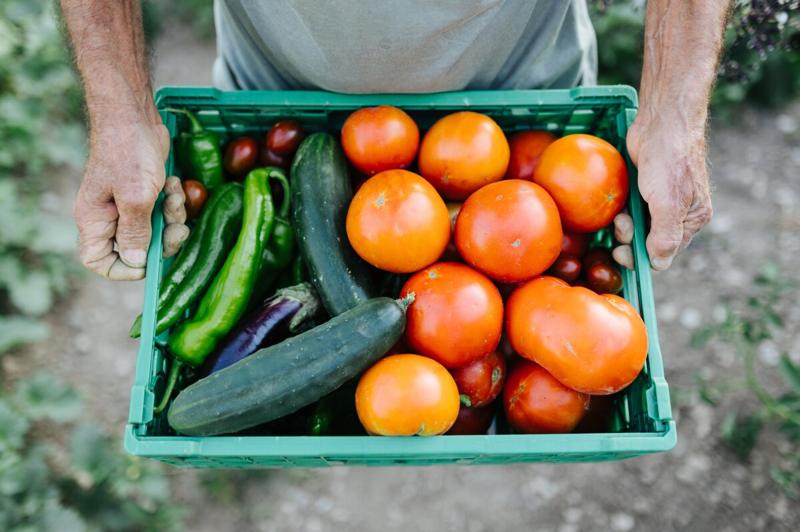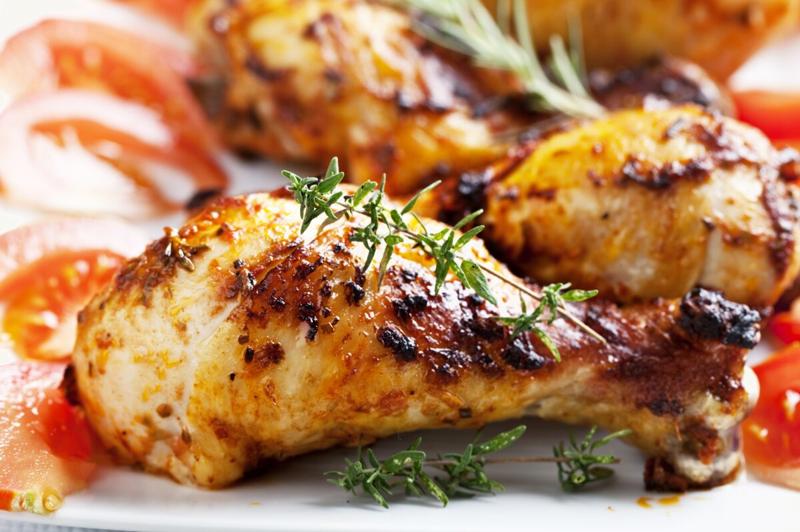The Paleo diet is a strict eating plan that focuses on unprocessed foods. It excludes grains (including whole grains), legumes (such as beans, peas, and peanuts), and all forms of dairy products.
What Is the Paleo Diet?
How Does the Paleo Diet Work?
Stick to unprocessed foods.
Eat plant-based foods.
Try a vegetable omelet without cheese for breakfast rather than a bowl of cereal.
Consume lean proteins, like meat, chicken and fish.
Invest in a spiralizer to create vegetable noodles.
Have your burger without the bun.
Use lettuce instead of tortillas to create “wraps” out of sandwich meat for lunch.
Don’t eat foods with added sugars, such as cakes, cookies, pies and candies.
Snack on nuts, but not peanuts, which are technically legumes and therefore not allowed on the paleo regimen.
Can I Lose Weight on the Paleo Diet?
The fiber in fruits, vegetables and nuts is filling, which may decrease your appetite, resulting in weight loss. The paleo diet doesn’t allow many processed foods, which are typically high in calories.
Short-Term Weight Loss
In a review of 11 studies, researchers reported that participants who followed the paleo diet lost an average of 8 pounds more and lost more in waist circumference than people on other types of diets. This isn't necessarily clear-cut evidence of the success of the paleo diet, however, as the most extensive study included in the analysis only had 41 participants, and the studies ranged from two weeks to two years. Participants also varied in terms of health history, age and more between the different studies (1).
A 2015 study followed the weight loss of 279 participants who followed a vegan, Mediterranean, paleo or DASH diet for 60 days.
On average, all participants lost 9 pounds and reduced their blood pressure during the study. That said, participants on the vegan and paleo diets lost the most weight. These participants also had the most significant improvement in cholesterol and triglyceride levels (3).
Long-Term Weight Loss
A study of 70 obese, postmenopausal women compared how much weight was lost over two years following either the paleo diet or the Nordic diet. After six months, those who followed the paleo diet lost more weight than those on the Nordic diet by an average of 6 pounds (4).
Weight Maintenance and Management
By maintaining a balanced diet of lean meats, fish, fruits, vegetables, nuts and seeds, while limiting – or eliminating – processed foods and added sugar commonly found in the modern diet, the paleo diet can help people maintain and manage their weight. Permanent behavior changes are critically important for long-term weight management.
With its emphasis on fiber and protein, it can help reduce appetite and keep you feeling full longer. Following this diet long term may result in some nutritional deficiencies, however. One 2022 study of seven popular diets – including paleo, keto and the Mediterranean diets – rated the paleo diet as one of the lowest in terms of diet quality because of its limitations in food diversity (5).

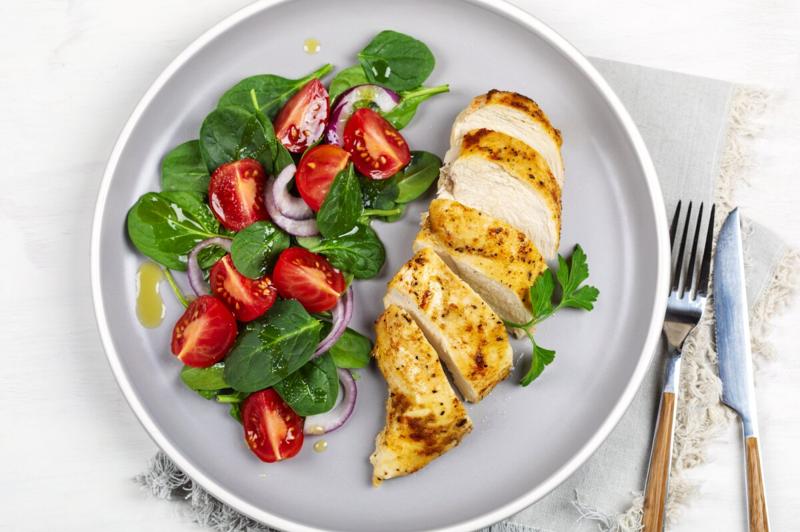
Don’t: Eat bread – or anything made with grains.
How to Get Started
Find Recipes Online
Recipes appropriate for the paleo diet are abundant online. You should have no trouble finding meal ideas. Be aware that the nutritional information on blogs and personal websites is often incorrect.
Pantry Edit
Foods you’ll want to keep in your pantry for the paleo diet include:
Canned or vacuum-sealed tuna.
Seeds and nuts.
Coconut oil, ghee and olive oil.
Coconut aminos.
Honey and maple syrup.
Paleo-friendly salad dressing.
What Does the Paleo Diet Cost?
There are a number of home-delivery meal services to make the paleo diet easier to stick with.
Is the Paleo Diet Easy to Follow?
Because it’s limited in the types of foods you can consume, Kuehl says the paleo diet can be challenging for some people to follow.
Diets that restrict entire food groups are usually not sustainable or easy to follow. Not everyone adheres to the paleo diet all of the time. Some individuals choose to work “cheat meals” into their weekly meal plan.
Paleo recipe sites and cookbooks are abundant. You’ll have lots of sites and books for support.
Who Should Not Try the Paleo Diet?
A history of disordered eating, such as orthorexia because of the paleo diet's restrictive nature.
A higher risk of osteoporosis because the diet eliminates dairy.
Pros
No counting carbs, points or calories.
Filling – it's rich in high-fiber foods.
Cons
Tedious portioning, meal planning or prep.
Potential for monotony unless you customize.
Eating out is limited.
Lots of rules to remember.
Could fall short nutritionally.
What Can I Eat? Do’s and Don’ts
Foods to Eat
Chicken.
Eggs.
Fish.
Healthy oils (like olive oil).
Meats.
Nuts and seeds.
Foods to Avoid (or Limit)
Dairy.
Grains.
Processed foods (like snack chips, cookies and cakes).
Refined oils.
Salt.
Sodas.
Vegan and Following the Paleo Diet
Although there is no way to follow the original iteration of the paleo diet as a vegan, the “pegan” diet is hailed as a plan that combines the principles of both eating plans. The pegan plan is rich in non-starchy vegetables and fruit and includes seeds, olives, avocado, algae, coconut, nuts and legumes, but also encourages the occasional consumption of meat and fish – making the term “pegan” somewhat of a misnomer. See all vegan diets.
Vegetarian and Following the Paleo Diet
The only foods allowed on both the vegetarian and the paleo diet are fruits, vegetables, nuts and seeds. Ovo-vegetarians could also eat eggs. Pesco-vegetarians can eat fish and still maintain their paleo lifestyle. Gluten and dairy are not allowed on the paleo plan, so consider that it may be difficult get all of the nutrients that you need before setting your heart on going paleo as a vegetarian. See all vegetarian diets.
Gluten Free and Following the Paleo Diet
The paleo diet is a gluten-free diet and can be followed safely by individuals with celiac disease or gluten sensitivity. See all gluten-free diets.
Halal and Following the Paleo Diet
Many paleo recipes will not suit a halal diet because they tend to be rich in pork, especially the frequent use of bacon. Because your diet will consist of a lot of meat, it could be quite expensive to purchase an adequate amount of halal meat. Fish with scales are halal and will likely be one of your more economical options when trying to follow the paleo diet. See all halal diets.
Kosher and Following the Paleo Diet
It is quite possible to enjoy a diet that is both kosher and paleo. Coconut oil, duck fat and schmalz are fats frequently employed in Jewish cooking and recommended on the paleo plan. Chicken, bone broth, eggs, roast and salmon are all examples of kosher foods that are also paleo. See all kosher diets.

